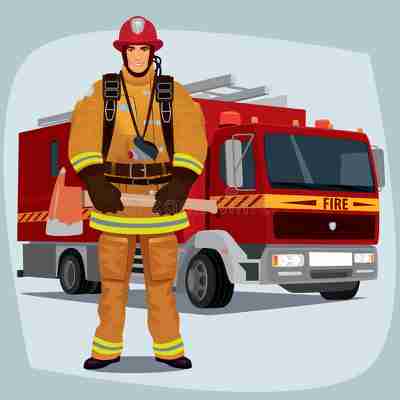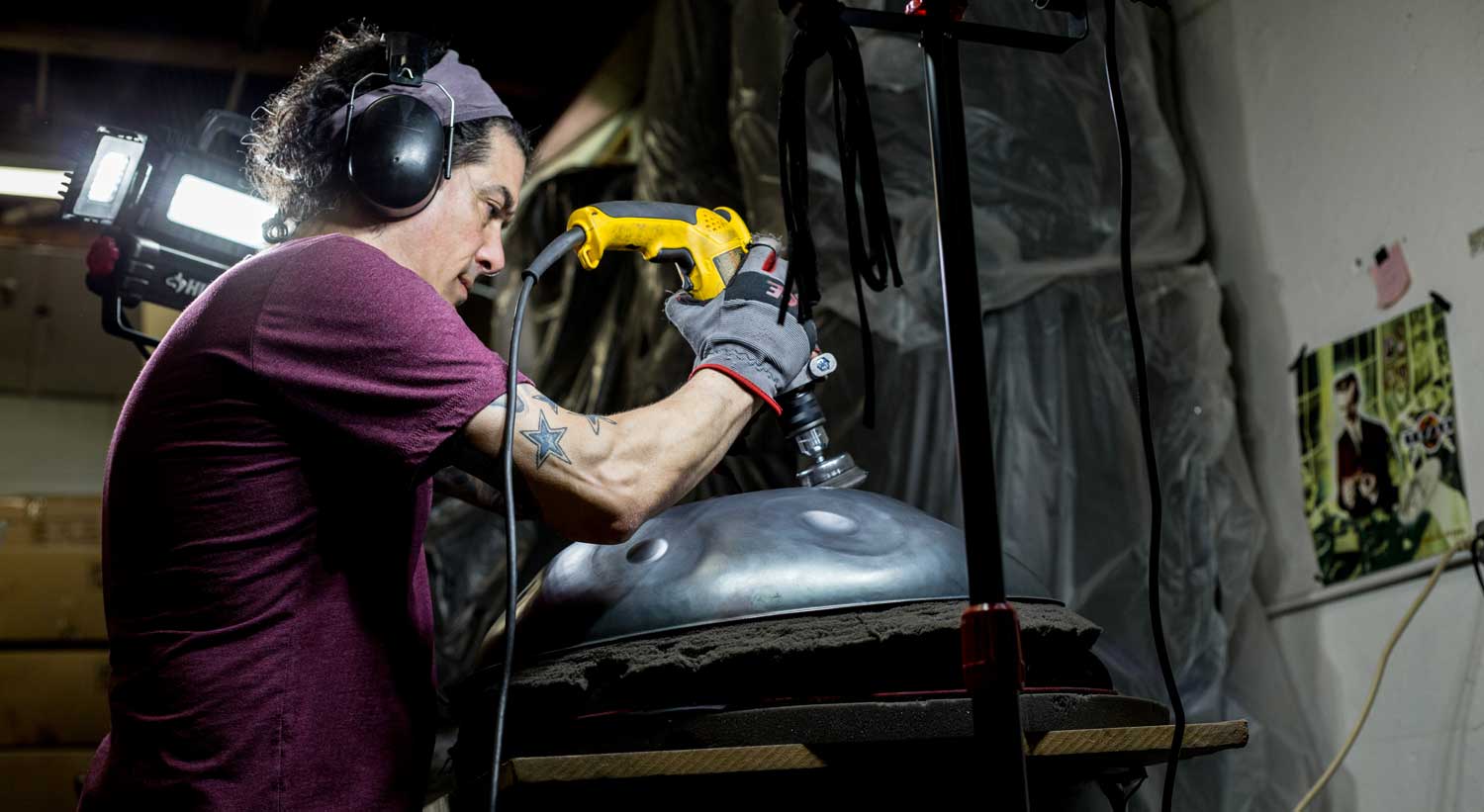Fire Marshal Inspections of Emergency Lights
Businesses, schools, towns. All require a team of dedicated professionals to keep them up and running. That's why, in order to stay on top of everything, the best leaders know you need to hire

the best people to help take care of the actual buildings. The last thing a business owner or school administrator needs is a sudden, unforeseen distraction that disrupts their daily rhythm. That
disruption could come in the form of a Fire Marshal.
Fire Marshals and The Life Safety Code
In America, few safety codes are more comprehensive or more important than the fire code.
The Life Safety Code, or the NFPA 101, is a formal set of building safety standards so respected
and so thorough, they have been adopted in 43 states. This set of official standards provides minimum building design, construction, operation, and maintenance requirements necessary to protect building occupants from danger caused by fire, smoke, and toxic fumes. The Life Safety Code is truly the genesis of nearly all means‐of‐egress and life safety criteria codes used in the United States.
While these codes may seem cumbersome, they're borne out of decades of experience and past tragedies, and have helped leaders determine the best way to keep their people safe. But what are these standards, who enforces them, and how can we at Lighting Services, Inc. help you meet these requirements?
The NFPA 101 is a set of standards that Fire Marshals use when inspecting businesses, schools, churches, and other buildings. In practice, the Life Safety Code is a handbook published by the National Fire Protection Association with the intention of informing public officials and other community leaders about potential fire hazards. Revised on a three-year basis, the standards are up to date, meaning that as new building materials and practices are developed, the NFPA is there testing, assessing, and incorporating those changes into their set of standards.
The Fire Marshal Inspection
Just because you're in a new building doesn't mean that when a Fire Marshal arrives you won't be written up for a violation. He or she will be well-educated in the current standards and how to apply them. Fire Marshals perform these inspections personally, which means they will be applying their immense knowledge as they scrutinize every facet of your building to ensure it's up to snuff. A Fire Marshal can write you up for a violation because, for example, a single emergency light bulb was burnt out, or an exit sign was not affixed properly.
That's Where We Come In
The NFPA code is a hefty document. In existence for over 100 years, it provides more than enough research for any one person to consume in a convenient amount of time. That's why technicians at Lighting Services, Inc. are knowledgeable about these codes and standards and also possess the expertise to help keep your building fire-code compliant when it comes to lighting. We offer preventive maintenance plans, so once your building's emergency lighting is working properly, we make sure it stays that way. If you're tired of keeping track of every little detail and want to stay in the good graces of your local Fire Marshal, please contact us.
Warning Lights
A large apparatus is defined in NFPA 1901 as an apparatus with a bumper-to-bumper length of 25 feet or more. The upper-level optical warning devices shall be mounted as high and near the corner points of the apparatus as is practical. The lower-level devices shall be between 18 inches and 62 inches above level ground. (we will touch on the zone configurations along with upper/lower level in the next section). A mid-ship optical warning device shall be used if the distance between the front and rear lower-level optical devices exceeds 25 feet.
The minimum optical warning system should require no more than an average of 40 amps when operating in the blocking mode (we will cover modes later in this section). Should the apparatus require mid-ship lights, no more than 5 amps of additional current should be required for operation of each set of mid-ship lights. See the NFPA 1901 standards guide for more information and load management demand questions.
More mid-ship lights needed:
Why Emergency Lighting Is Important
Why Emergency Lighting Is Important

The last time you sat in a movie theater, you may have noticed exit signs illuminated in the darkness. Under OSHA regulations, a commercial building must have an emergency lighting system in order to be considered safe and code-compliant. Occupants of your commercial building must be able to find the exits in an emergency, which is why it’s important to have a fire protection company install and test your emergency lighting.
Safe And Timely Evacuations
When the fire alarm system goes off, one of the first things people do is look for the emergency exits. The faster people are able to see the exits, the sooner they’ll be able to evacuate. In the event of a fire, it’s important that people have a chance to evacuate the building before they inhale too much smoke or the fire spreads. To keep your building safe for its occupants, you’ll need to make sure your emergency lights always work properly.
OSHA Regulations
OSHA (Occupational Safety and Health Administration) is in charge of regulating emergency lights and other fire protection systems to keep commercial buildings safe. In order to keep your building safe and code-compliant, you’ll need to follow OSHA regulations. We recommend contacting a fire protection contractor to inspect or install new emergency exit lights in your building.
Stairwells Stay Lit
If the power were to go out, you don’t want people to be stranded in the stairwells. Stairwells are especially dangerous during a power outage because people are more likely to trip or fall down the stairs. The best way to keep people safe during a power outage is to install emergency exit signs. These exit signs are designed to stay illuminated during power outages so people can safely evacuate during an emergency.
People Are Calmer During Emergencies
During an emergency, people want to know how they can keep themselves safe. When emergency lighting is installed in hallways and stairwells, people know where they need to go. If you own a store or similar commercial building, you need to be aware that many of your building’s occupants won’t be familiar with the layout. Being in an unfamiliar place during an emergency is unnerving, but it’s less frightening when you are able to clearly see the exits.
First Responders Can Do Their Jobs
In the event of a fire, emergency exit signs help firefighters move through your building. First responders are not familiar with the layout of your commercial building, especially when they are seeing it for the first time through a haze of smoke. Thankfully, lighted exit signs cut through the darkness and smoke so firefighters can do their job. Search and rescue teams will also need to be able to see the emergency exits clearly if they are going into your building to look for survivors.
The emergency lighting contractors at Fire Pros are dedicated to helping customers maintain code-compliant commercial buildings. If you are interested in installing new exit lights or checking out our other fire protection services, give us a call at 800-968-2871.


![31 Best IPTV Services for FireStick, Android TV, PC [Dec 2021]](https://www.lampsofbible.com/storage/upload/Images/_1639646173_nXrO23JGnM.jpg)





